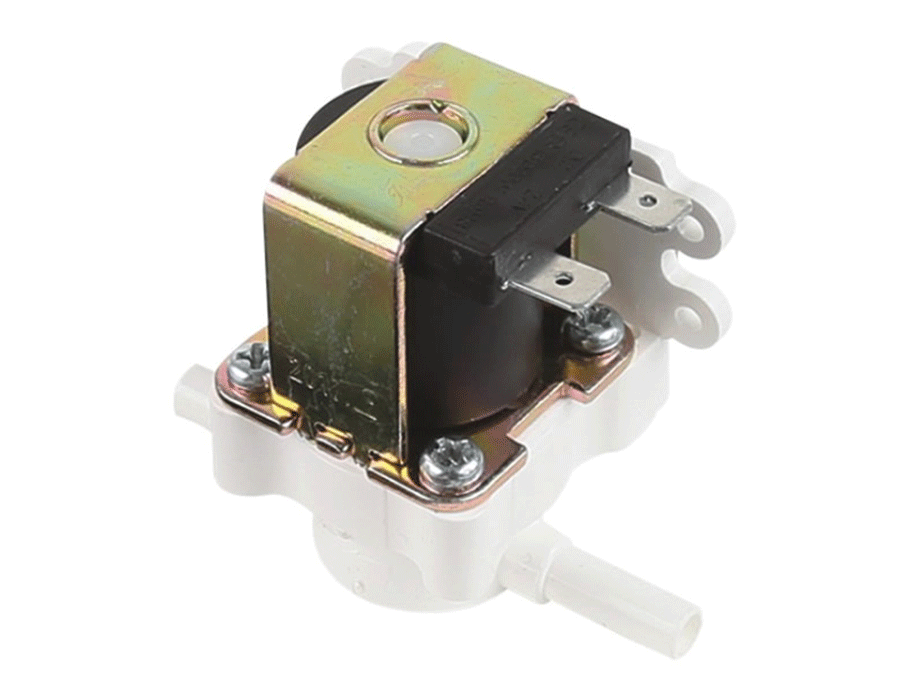Some people may think that the solenoid valve is just a linear drive, but the solenoid valve can be more. They can push and pull, hold and block, rotate, and vibrate. Within this capability, the first and most important question is, "How must the solenoid valve function be used in your application?"
Before you start selecting the specific solenoid valve you may need, you first need to define the performance parameters/standards that best describe your application. The best way to do this is to use the following six steps:
1. Solenoid valve size: You need to determine the available space for the solenoid valve installation-length, width, and height. Please be prepared to understand that the space you allow may not be sufficient to meet the subsequent criteria you define below
2. Need movement direction: Solenoid valve can be designed to push, pull, or rotate movement. You need to define actions that are appropriate for your application.
3. Working stroke (the distance that the electromagnetic plunger/armature must travel): The longer the distance the electromagnetic plunger (armature) must travel, the smaller the force that can be generated. The maximum distance the solenoid armature can travel depends on the size of the solenoid. Smaller / shorter solenoid valves provide shorter strokes (<.25 "), and larger / longer solenoids provide more strokes (<2"). You need to estimate how much mechanical motion is needed to achieve the expected results in the application.

4. Driving force: The driving force is usually defined as the minimum force required for the longest stroke in the application. You need to estimate how much power is required to achieve the expected results in the application.
5. Duty cycle: The duty cycle is the time when the solenoid valve is energized (open) and powered off (off). The duty cycle is usually defined by the following terms: continuous duty cycle (100% on time), intermittent duty cycle (25% on, 75% off), or pulse duty cycle (<10% on time). The first step in determining the duty cycle that an application may require is to estimate how long the solenoid valve must be energized (ON) to perform the required function. From a size point of view, a shorter duty cycle will enable a person to achieve more pull-in force on a longer stroke for a given size solenoid valve, which may help to solve the size limitation in s application.
6. Environmental factors: The two key environmental factors you must determine are:
a. Ambient temperature: The solenoid valve coil generates heat when energized. The hotter the solenoid valve becomes, the lower the driving force it can generate. The upper limit of the operating temperature of the solenoid valve is determined by the insulation system provided by the solenoid valve material. Higher ambient temperatures will allow less coil temperature to rise in certain applications, which will effectively reduce the ability of the solenoid valve to provide the required power. For this reason, you need to define the ambient temperature in which the device you are designing will operate in.
b. Humidity / Moisture / Dust: Solenoid valves must be specially designed to adapt to extreme environments. High humidity/humidity environments require coils to prevent moisture from entering and to protect the exterior of the solenoid valve from corrosion. High dust levels require electromagnetic armature protection to prevent dust intrusion. Unfortunately, when additional environmental protection is required, the cost of the solenoid valve increases. Therefore, it is very important to determine the humidity (moisture) and dust level required by the application so that the most cost-effective solenoid valve design can be selected.
With the above issues, you will enable the solenoid valve manufacturer to help you choose the correct solenoid valve to work.
If a "standard" solenoid valve product does not provide the performance level required by the application, this information will be a good starting point for designing a customized (modified) standard solenoid valve or a fully customized solenoid valve, which will be suitable for The unique requirements of your application.